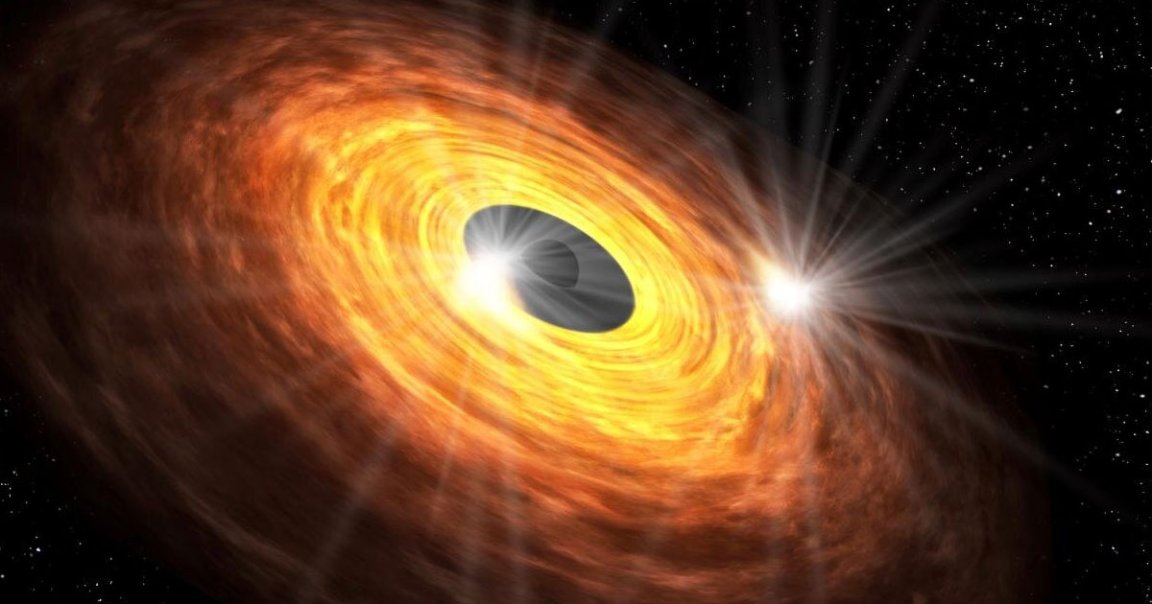
Supermassive Black Holes
Researchers have found evidence that suggests the supermassive black holes at the center of galaxies used to be really big stars.
Like really, really big.
Scientists at the National Astronomical Observatory of Japan and the Academia Sinica Institute of Astronomy and Astrophysics (ASIAA) in Taiwan surmise that large supernovas from supermassive stars might have created these black holes, according to Phys.org. The team published a paper of their findings in the journal Monthly Notices of the Royal Astronomical Society.
These ancient stars would have had a mass in the order of millions to billions times the size of the Sun. So yeah, they were pretty damn big.
Extreme Supernova
It is notoriously difficult to research black holes. As such, information about their origins remains elusive to scientists.
However, the research team behind this paper were able to conduct a “radiation hydrodynamics simulation” to gather their evidence, according to their study.
As part of their study, the team predicts that the James Webb Space Telescope will be able to actually observe an extreme supernova when it launches later this year. If that happens, it will add very strong evidence that these supermassive stars are the origins of supermassive black holes.
Black Hole Seeds
This study builds off of previous research conducted by Ke-Jung Chen, assistant research fellow at ASIAA Taiwan and co-author of the paper. He says that these supermassive stars are likely acting as “black hole seeds.”
“There may be a small number of the first stars in the early universe with tens of thousands of solar masses,” Chen stated in a press release. “They are likely to be the progenitors of supermassive black holes in the galaxies. Because the more massive of the black hole seed, the more efficient it is to swallow the surrounding matter.”
Ah, ungodly massive black holes that can swallow up everything we know and love into oblivion. What a comforting thought! Luckily, we’re not likely to ever have to encounter one even when our Sun reaches the end of its life and shrinks into a white dwarf.
Between this and the swarm of black holes scientists discovered earlier this year, though, it’s just another thing to keep us up at night.
Editor’s note 3/15/2021: This story originally misstated what to expect at the end of our Sun’s life. It has been updated.
READ MORE: Massive stars in the early universe may have been progenitors of super-massive black holes [Phys.org]
More on black holes: Black Holes May Devour Stars from the Inside, Like Cancer